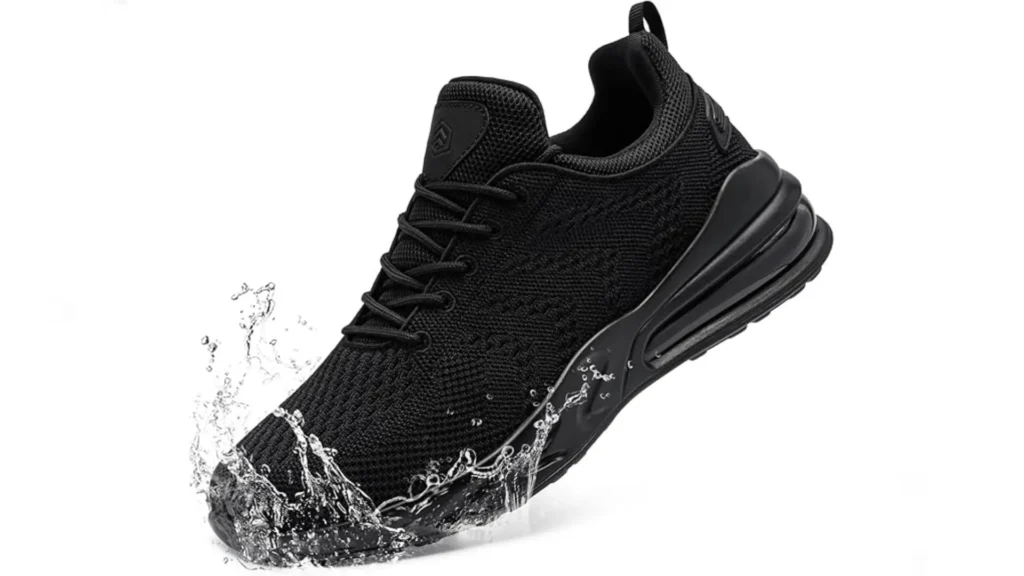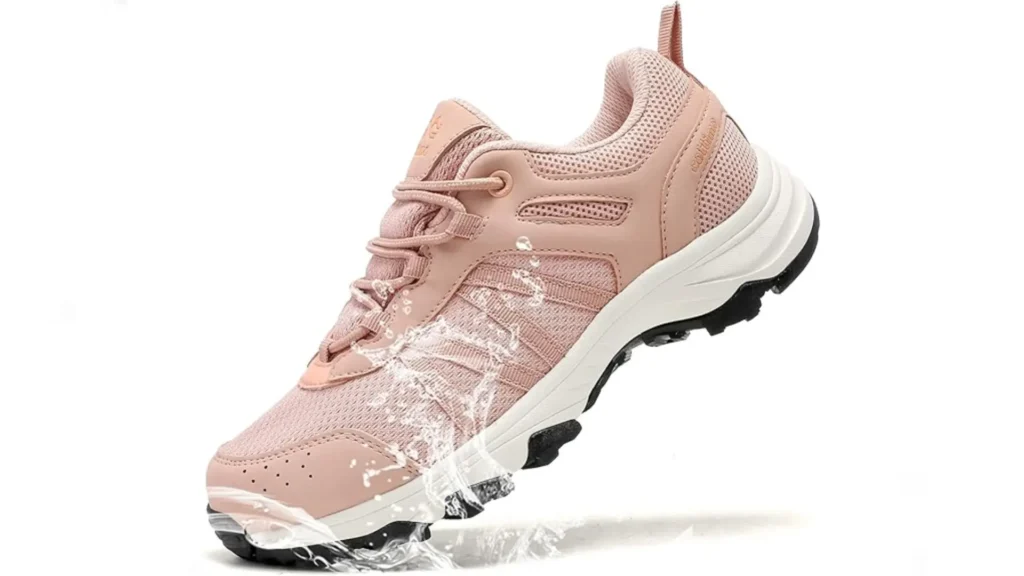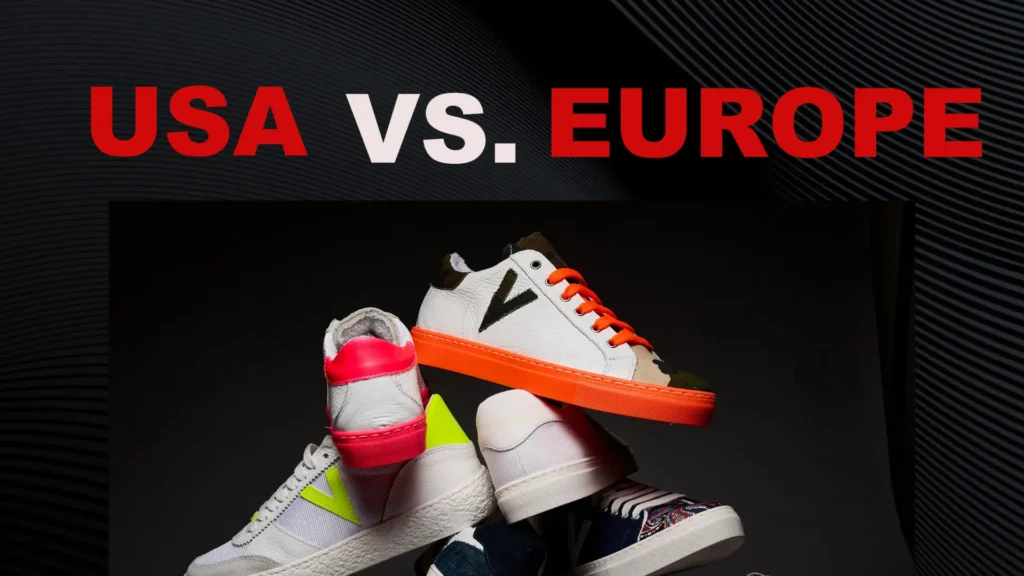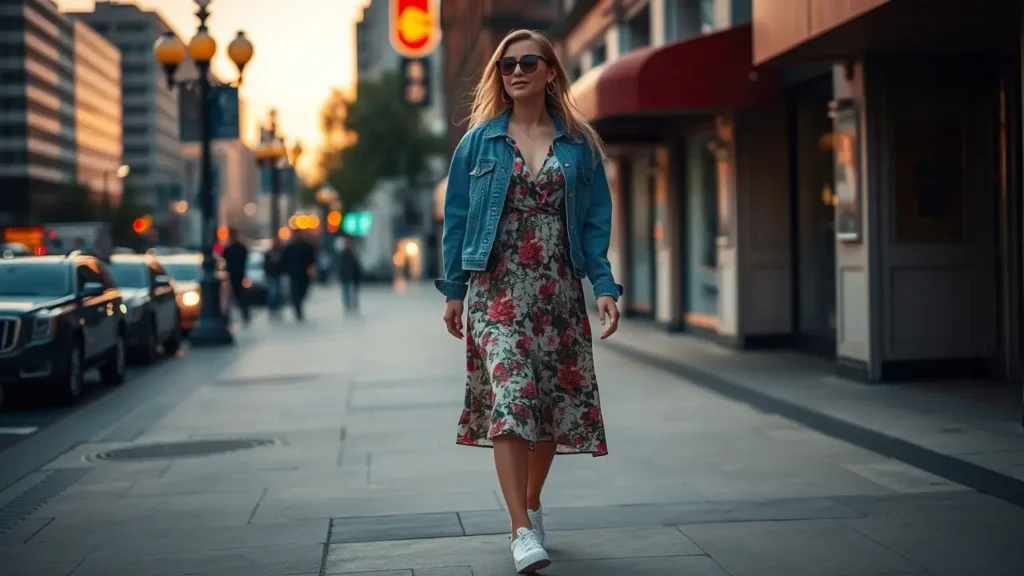Cold temperatures, slushy sidewalks, and unpredictable weather wreak havoc on your shoes, leaving you with soggy socks and frozen toes. That’s why investing in a pair of high-quality waterproof shoes should be at the top of your winter wardrobe checklist.
In this article, we’ll explore why waterproof shoes are essential for winter, what to look for when choosing them, and which styles are must-haves for every cold-weather closet.
Why Waterproof Shoes Are Essential for Winter
Waterproof shoes in your winter wardrobe aren’t just a luxury—they are a necessity. Let’s dive deeper into why these shoes are so essential for surviving during the colder months.
Protection from the Elements
Winter weather is unpredictable. One moment you’re walking through light flurries, and the next, you’re trudging through ankle-deep puddles of freezing rain. Without proper protection, your feet are left vulnerable to the elements.
Waterproof shoes act as a critical barrier to keep moisture out and your feet stay dry. This allows you to step outside confidently.
Waterproof shoes aren’t just about handling water. They provide an extra layer of defense against wind and snow.
There’s nothing worse than soggy socks and cold toes during the winter. When fabric absorbs moisture, it loses its thermal properties, making your feet colder much faster. This is where waterproof shoes truly shine.
High-quality waterproof shoes come equipped with insulated linings made from Thinsulate, fleece, or wool. These linings work in tandem with the waterproof exterior to create a microclimate inside your shoe. This trap warmth and wicking away any internal moisture caused by sweat. The result? Your feet remain cozy and comfortable even in sub-zero temperatures.
Additionally, waterproof shoes feature cushioned insoles and ergonomic designs to enhance comfort.
Durability and Versatility
Regular shoes simply aren’t built to withstand the rigors of winter. Constant exposure to moisture, salt, and abrasive surfaces cause them to deteriorate rapidly.
Waterproof shoes, on the other hand, are specifically engineered to endure harsh conditions. Their materials are treated to resist water absorption. Their construction includes reinforced stitching and sealed seams to prevent leaks. This added durability means they’ll hold up better over time.
For example, boots made with advanced synthetic fabrics like Gore-Tex not only repel water but also maintain their structural integrity season after season. Similarly, rubber soles designed for traction on icy surfaces are less prone to cracking compared to standard shoe soles. By investing in waterproof shoes, you’re choosing longevity and reliability over short-term fixes.
Waterproof shoes can adapt to a wide range of activities and environments.
Waterproof ankle boots offer the perfect blend navigating city streets in winter. They allow you to transition seamlessly from office meetings to weekend brunches without worrying about wet feet.
If you enjoy hiking, waterproof hiking boots or insulated snow boots are indispensable. They provide the grip, warmth, and protection needed to tackle slippery trails and deep snowdrifts.
Traveling during winter involves dealing with unpredictable weather changes. Packing a pair of waterproof shoes ensures you’re prepared for anything.
The beauty of waterproof shoes lies in their ability to perform reliably across diverse situations.
Health Benefits of Water Proof Shoes
Beyond physical comfort, wearing waterproof shoes has significant health benefits. Cold, wet feet contribute to a host of foot-related problems. By keeping your feet dry and warm, waterproof shoes reduce the risk of these issues.
Furthermore, dry feet are less likely to develop painful calluses. Properly fitted waterproof shoes help regulate humidity levels inside the shoe. This creates a healthier environment for your feet.
Finally, there’s something to be said for the peace of mind that comes with wearing waterproof shoes. Knowing that your feet are protected allows you to focus on enjoying the season rather than worrying about potential mishaps.
You won’t hesitate to step outside for a morning jog. This sense of security empowers you to embrace all the joys of winter.
What to Look for in Waterproof Winter Shoes

Choosing the right waterproof shoes means zeroing in on features that match your needs. Here’s an breakdown of what to prioritize when shopping.
Material
The foundation of waterproofing lies in the materials. Opt for full-grain leather treated with waterproof sealants for durability and a premium feel, or rubber for unbeatable wet-weather performance.
Synthetic fabrics treated with water-resistant coatings offer lightweight flexibility. Hybrid designs combine rubber and fabric for the best of both worlds.
Seam Sealing
A shoe’s material might repel water, but unsealed seams are a weak link. Look for fully sealed seams to ensure no leaks. High-quality brands use waterproof tape. Check stitching closely; double-stitched, sealed seams signal longevity and protection.
Insulation
Warmth is as critical as dryness in winter. Shoes with built-in insulation trap heat. Insulation is measured in grams: 100-200g suits mild cold, 200-400g tackles freezing temps, and 400g+ is for arctic conditions. Uninsulated waterproof shoes work in wet-but-mild climates but won’t cut it below zero.
Traction
Winter’s icy sidewalks and snowy paths demand sure footing. Shoes with deep lugs (rubber ridges) grip better than flat soles. Rubber suffices for wet pavement. Test sole flexibility. Stiff soles offer stability, but softer ones adapt to uneven ground. Prioritize this if falls are a concern.
Breathability
Locking out water shouldn’t trap sweat inside. Breathable membranes allow vapor to escape while blocking external moisture. This prevents clammy feet during long wear. Non-breathable shoes work for short bursts but may feel stuffy over time.
Style
Function doesn’t mean frumpy. Today’s waterproof shoes come in sleek silhouettes, bold colors, and trendy details. Leather boots lean classic, puffers add flair, and sneakers keep it casual. Match your pick to your wardrobe. Height matters too: ankle boots suit urban life, while taller ones handle deeper snow.
Fit and Comfort
A waterproof shoe’s no good if it slips. Try them with winter socks to ensure room without slop. Look for cushioned insoles, padded collars, and arch support. Adjustable closures fine-tune fit and seal out drafts.
Winter may be synonymous with chilly mornings, but it doesn’t mean you have to sacrifice comfort or style. By adding a few key pairs of waterproof shoes to your wardrobe, you’ll be ready to take on whatever the season throws your way.




